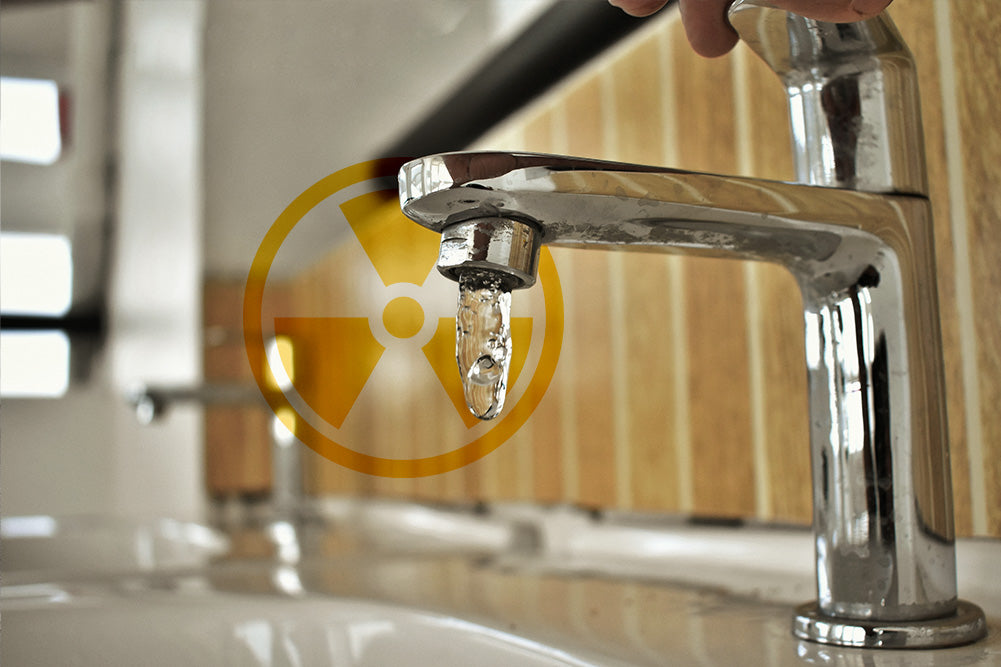Your Cart is Empty
October 26, 2022 4 min read

Water contamination is a serious health concern affecting millions of people each year across the world. The Centers for Disease Control and Prevention (CDC) estimates that some 7.2 million Americans get sick yearly from unsafe water. One serious yet understudied and underregulated water contaminant is radon, which produces adverse health effects, including cancer. This article provides all the information you need to know about radon and how you can protect your family from radon contamination.
Radon is natural gas that we can't see, taste, or smell. It develops from the radioactive decay of radium in the soil, rocks, and water. Health authorities consider the element as a health hazard due to its radioactivity. Radon is present in all 50 US states, although its concentration varies widely in the cities and neighborhoods.
Radon may be present in your indoor air or in your drinking water. Radon gas can dissolve and builds up in underground water sources such as wells. If the water is pumped into your home, radon is released into your spaces when the water is heated or agitated. Radon in water is also released when water is used for bathing, washing, laundry, or even flushing the toilet.
The following are some of the statistics related to the prevalence of radon:
Consuming or inhaling radon can lead to cell damage and, eventually, cancer. As mentioned earlier, about 21,000 people in the US die each year from lung cancer caused by radon. Research has also linked radon to other types of cancer, such as childhood leukemia. Even small quantities of radon in drinking water can cause cell damage and cancer.
You may not experience any symptoms of radon poisoning soon after consumption. Experts say health issues from exposure, such as cancer, show after several years. Symptoms of lung cancer may include:
There are no routine medical tests to determine whether you have breathed too much radon. No treatment can also clear it from your body. However, if you believe you or a loved one is exposed, talk with your doctor as soon as possible. Your health provider may recommend tests to check for signs of cancer.
The first step to reducing radon levels in water is to test the water supply systems. If the water contains radon, it is advisable to treat the water before it makes its way into your home. The following are two main types of radon removal methods for well water:
Radon in water is typically released into the air when contaminated water is used for household activities such as showering, cooking, washing, and flushing the toilet. The amount of radon transferred from water to air depends on the amount of water used, the type of water use activity, and the water and air temperatures.
Testing indoor air is the simplest way to determine the risk of radon in your home water. You can use test kits designed for air radon to test the presence of the poison in your home. These test kits are inexpensive and readily available at your local home supply store.
There are no immediate signs or symptoms of poisoning from breathing radon. Repeated exposure over time (around 5 to 20 years) can lead to cancer development.
Unfortunately, the effects of radon poisoning are irreversible. Radon enters your body in the form of tiny particles. The particles settle in the lungs and release alpha radiation that damages the lungs, leading to lung cancer. The radiation damage cannot be reversed.
If your home's water supply is sourced from the well or other underground source, it may likely have more radon than the water in the treatment facility. Although there is some risk from drinking water with radon, it is less than the risk from inhaling air that has radon.